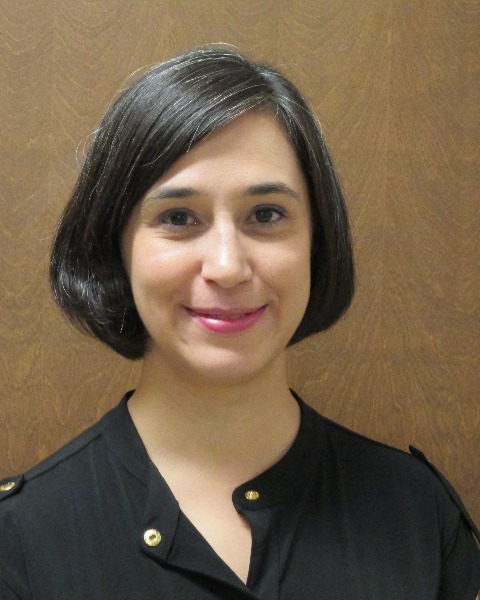Early Development & Drug Safety (EDDS)
Category: Member Submission
Poster Session II
PII-032 - WHAT TO EXPECT FROM A PHENYTOIN DRUG-DRUG INTERACTION STUDY: ADVERSE EVENT PROFILING AND SAFETY ASSESSMENT
Thursday, March 28, 2024
5:00 PM - 6:30 PM MDT
S. Paglialunga1, A. van Haarst2, D. Armas1,3; 1Celerion, Tempe, AZ, US, 2Celerion, Belfast, United Kingdom, 3DM Clinical Research, Phoenix, AZ.

Sabina Paglialunga, PhD
Director, Scientific Affairs
Celerion
Tempe, Arizona, United States
Presenting Author(s)
Background: Nitrosamines discovered in rifampin above the acceptable intake limit in 2020 led regulatory agencies to halt administration of the CYP3A inducer to healthy volunteers in drug-drug interaction (DDI) studies. As a result, alternatives inducers such as phenytoin (PHT) and carbamazepine, have been used to continued drug development. PHT holds several advantages over carbamazepine as a rifampin substitute since no dose titration is required nor does the label contain a blackbox warning. However, since PHT is not commonly prescribed as an anti-epileptic drug, some drug developers hesitate to use it in their DDI studies for lack of experience. Therefore, to understand the safety profile of PHT, we analyzed adverse events (AEs) from recent DDI studies, and compared these results against literature reports.
Methods: AEs related to PHT administration were summarized from 4 DDI studies. PHT (100 mg TID) was administered for 14 days alone followed by 2-7 days in combination with an investigational product (IP) in a typical fixed-sequence DDI study design. Risk mitigation included genotyping of participants for CYP2C9 and CYP2C19 to exclude poor metabolizers. Results were compared to AEs reported in 16 published DDI studies.
Results: A total of 165 AEs were reported by 46 participants across the 4 studies, and 122 were considered to be related to PHT administration. Of the related AEs, the majority were mild and transient in nature (76%). No severe AEs were observed, and moderate and severe AEs had frequencies of 23% and 1%, respectively. Most common AEs were headache, pruritus or rash, generalized pain and dizziness when PHT was dosed alone. When PHT was co-administered with an IP, common AEs included elevated labs and pruritus or rash. The elevated labs are in line with DDI studies published by others and may result from greater exposure to (hepatotoxic) drug metabolites as a result of DDI.
Conclusion: Although PHT is not regularly prescribed in a medical setting, it has seen a resurgence as a CYP3A inducer since the nitrosamine-rifampin issue became known. With risk mitigation factors in place, such as TID dosing and CYP genotyping, PHT has a good safety profile and is an excellent rifampin alternative.
